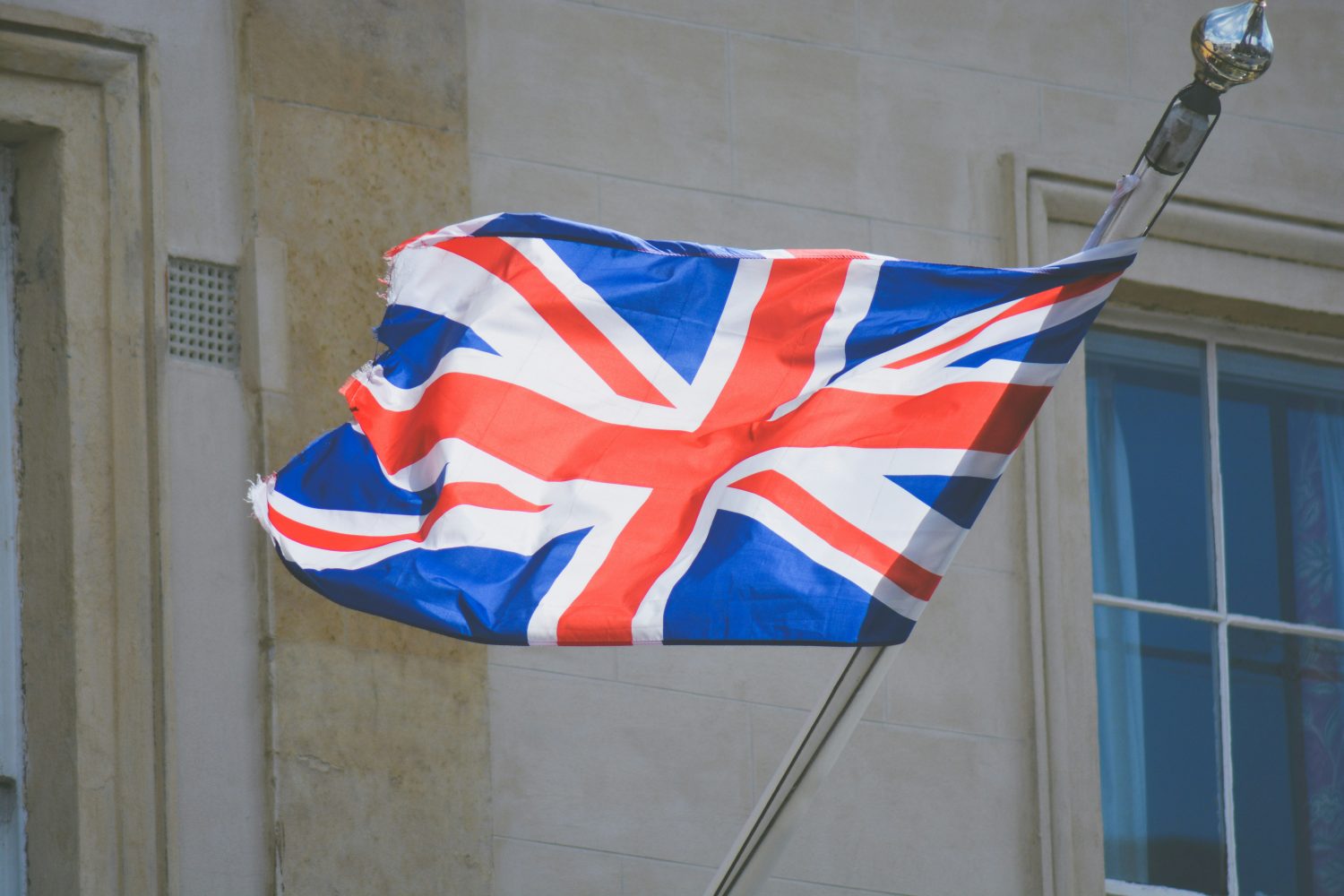
The UK’s Civil Aviation Authority (CAA) regulatory body has taken an important step toward enabling UAV activities to scale, with its proposals to loosen rules for beyond visual line of sight drone operation (BVLOS).
The CAA presented the proposals as part of a consultation process aiming to permit more frequent BVLOS flights by drone service companies, security and first responder organizations, and other sector actors. The regulator has authorized a limited number of operators to fly their UAVs out of direct pilot sight under a process similar to – but in arguably fewer instances than – the Federal Aviation Administration’s waiver system.
But now the CAA says it wants to move beyond that case-by-case process through creation of set rules to permit routine BVLOS drone activity.
In announcing the move, the CAA said the plan is to authorize BVLOS flight by drones “remaining at low heights and close to buildings or infrastructure” they’re inspecting, and permit UAVs to “fly where it is anticipated there would be fewer aircraft operating.”
That description obviously indicates broader leeway for infrastructure inspection flights, but the CAA says that particular drone activity is only one of several it hopes to set free by liberalizing BVLOS regulations.
“Inspections of railways, powerlines, and roads as well as critical medical deliveries could be unlocked with new proposals,” the CAA said, with lower-altitude operation for mapping, surveying, site monitoring, security, and agricultural work also presumably foreseeable under the proposed BVLOS rules.
The CAA’s initiative was taken under the UK Future Flight Programme, which promotes and accelerates the integration of UAVs with other airspace users in both safe and productive ways. The regulator said that once an atypical air environment policy is adopted, it intends to work with several drone operators to determine the best way to implement rules for secure, scalable BVLOS activity.
“Allowing drones to fly beyond the sight of the Remote Pilot, without placing restrictions on other aircraft in the area, will be a major achievement for UK drone operations,” said CAA head of remotely piloted aircraft systems Kevin Woolsey. “Safety comes first in everything we do and so we have identified sensible mitigations on where drones can fly using this proposed concept to make sure we maintain levels of safety… Our proposals are a positive step towards unlocking the next stage for drone flying in the UK.”
Image: Chris Lawton/Unsplash
FTC: We use income earning auto affiliate links. More.



Comments